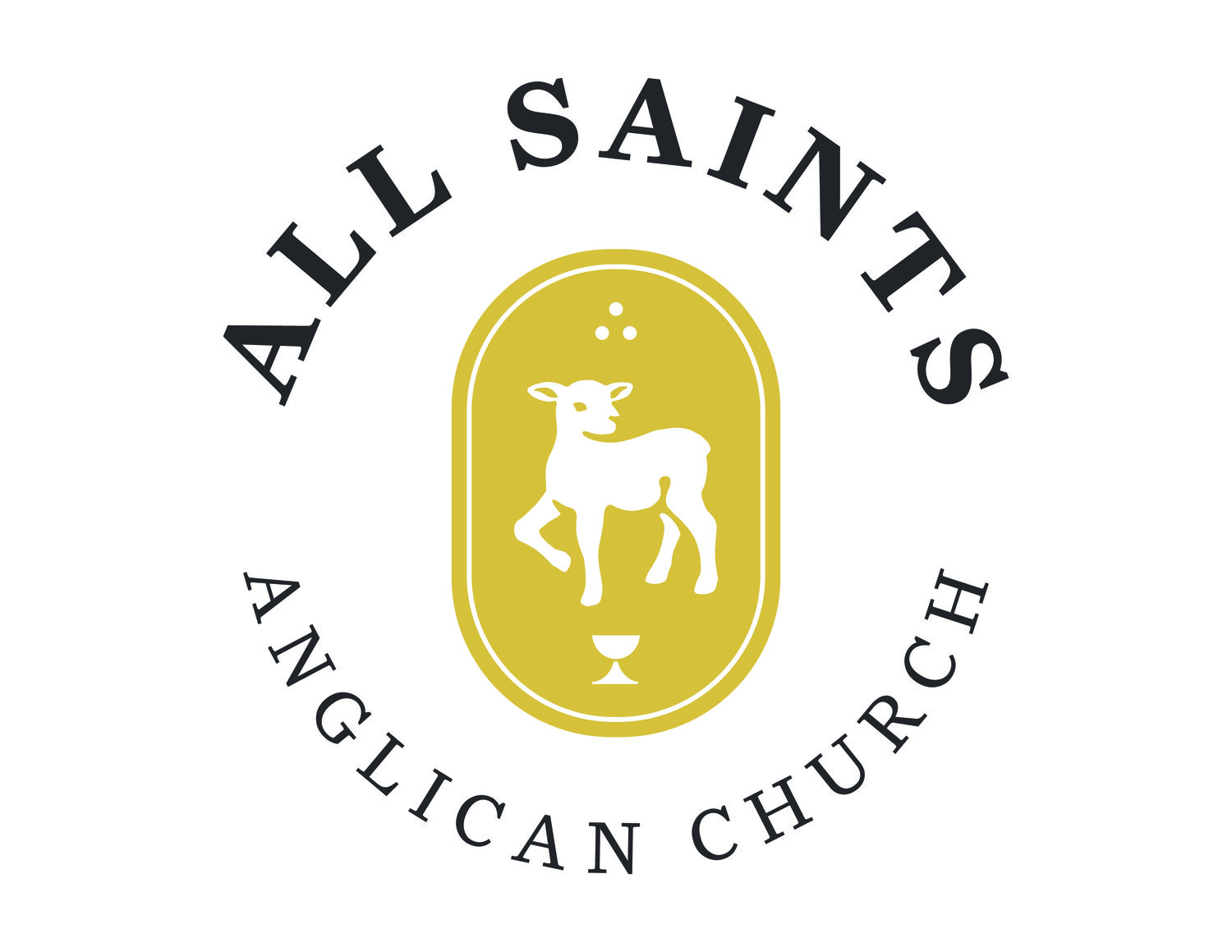The often quoted but, I fear, too often unheeded dictum of Marshall McLuhan is that the medium is the message. The dictum is brilliant in both its simplicity and its profundity. The way we do a thing cannot be dislocated from the why and the what (and the who, when, and where).
This is no supra-biblical lesson either. It is the truth behind the prophets’ several warnings that nations come to resemble not only their idols, but their idolatries as well. Which is to say we do not merely become the things we worship, we also become the way we worship (this is the central thesis of Smith’s book, You Are What You Love ).
This is the lesson demonstrated in the irate husband who screams “I am NOT ANGRY” at the top of his basso range while pummeling the kitchen table and calling imprecations upon those various members of his household who dared question his good-natured amiability. His actions are the verdict; his own manner condemns him, proves him wrong; his is the voice of finality raised as the proof of his family’s prior complaint. The medium is the message. And the medium is not neutral in terms of meaning.
Further examples are abundant and I need not fill up this space with them. The above is sufficient. And the implications are many.
We are concerned here, however, only with those implications which carry import for the Church. How does this dictum direct the way that we go about the mission of God’s people on the earth?
If nothing else it drives us to the biblical pattern of worship (viz. a liturgical pattern of worship) and to the rhythms and disciplines of the ancient faith: the common life of accountability, confession, and real discipleship; the fervent study of scripture; the active giving of charity and resources; the seasons of the liturgical year, marked by fast and feast; and the centrality of the Sacraments. For us these things are not mere supplements to some intellectual “interior” message of the Gospel, they are the embodiment of that message. Or, to put it another way, the Gospel is not merely a good or interesting “idea.” It is embodied allegiance to the Person of Jesus Christ the King. And knowing Him means knowing Him as He is offered in the breaking of bread, in the Word, and in the life of His Church.
For Jesus did not come merely to give us some disembodied message but to give us Himself. For he is both medium and message, and, as St. John tells us, the message came down from heaven and became incarnate.
It is not enough therefore, in our estimation, to adopt willy-nilly the practices and methods of growth from late-market America in our desire for growth and fruit. Practices born in industrial competition (fine perhaps for the market) tend to skew the message of the Gospel. Because, remember, the method is the message.
This is where the disciplines and forms of worship which marked the early church bring us so much life as a community. They work to form rhythms and practices so that ours is a community whose “methods and mediums” are in alignment with its desired “message.” Or, more tersely, sicut in caelo et in terra.






